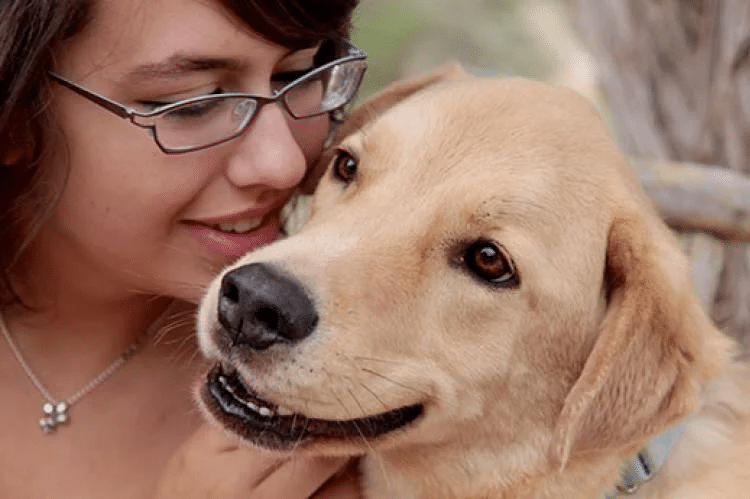Private and public dog parks each have their own set of benefits, and the choice between them often depends on your specific needs and preferences. Here are some advantages of both private and public dog parks:
Benefits of a Private Dog Park:
- Controlled Environment: Private dog parks typically have controlled access, which means that entry is usually restricted to members or paying customers. This can result in a more controlled and predictable environment with fewer unknown variables.
- Reduced Crowds: Private dog parks tend to be less crowded than public ones, offering a quieter and more peaceful experience for both you and your dog. This can be particularly beneficial for dogs that are anxious or easily overwhelmed by large groups.
- Well-Maintained Facilities: Private dog parks often have well-maintained facilities, including clean play areas, agility equipment, and amenities like water stations, waste disposal, and shaded areas.
- Membership Perks: Some private dog parks offer membership perks such as exclusive events, training classes, and additional services, making it a more comprehensive experience for dog owners.
- Controlled Temperament Assessment: Private dog parks may conduct temperament assessments before granting access to ensure that all dogs using the park are well-behaved and social, reducing the risk of conflicts.
- Enhanced Safety Measures: Private dog parks might have stricter rules and safety measures in place, such as requiring up-to-date vaccinations, which can contribute to a safer environment.
- Climate Control: Many private dog parks offer indoor or covered facilities which is great for rain, snow, hot summer days or cold breezy winter days.
Benefits of a Public Dog Park:
- Free or Low-Cost: Public dog parks are typically free or have a low-cost entrance fee, making them accessible to a wide range of dog owners regardless of their budget.
- Community Building: Public dog parks often foster a sense of community and provide opportunities to meet other dog owners, share experiences, and socialize with like-minded people.
- Variety of Dogs: Public dog parks tend to attract a more diverse group of dogs, allowing your pet to interact with dogs of various sizes, breeds, and temperaments. This can be a valuable socialization experience.
- Wide Availability: Public dog parks are more prevalent in many areas, making them more accessible, especially for those who may not have private dog parks nearby.
- Space to Run and Play: Public dog parks are often larger and have more open space, providing ample room for your dog to run and play freely.
- Low Commitment: There’s typically no need for membership or ongoing fees at public dog parks, which can be a more convenient option for those who don’t plan to use the park regularly.
Ultimately, the choice between a private and a public dog park depends on your dog’s needs, your preferences, and the resources available in your area. Some dog owners may find that a combination of both types of parks is ideal, depending on their specific requirements. Regardless of the type of dog park you choose, it’s important to ensure your dog is well-behaved and properly socialized to enjoy these spaces safely and responsibly.







Amenities and Safety: What to Look for in a Dog Park - Pre Chewed
[…] required to ensure pets get their necessary exercise and socialization. With amenities such as covered dog parks, pet owners have the flexibility to visit regardless of weather conditions, ensuring their furry […]
A Pooch's Paradise: Reviewing the Best Dog Parks and Their Amenities - Pre Chewed
[…] evaluate the ease with which pet owners can bring their furry friends to these recreational spaces. Convenient access points, ample parking, and clear signage are fundamental for a stress-free visit. Additionally, facilities […]